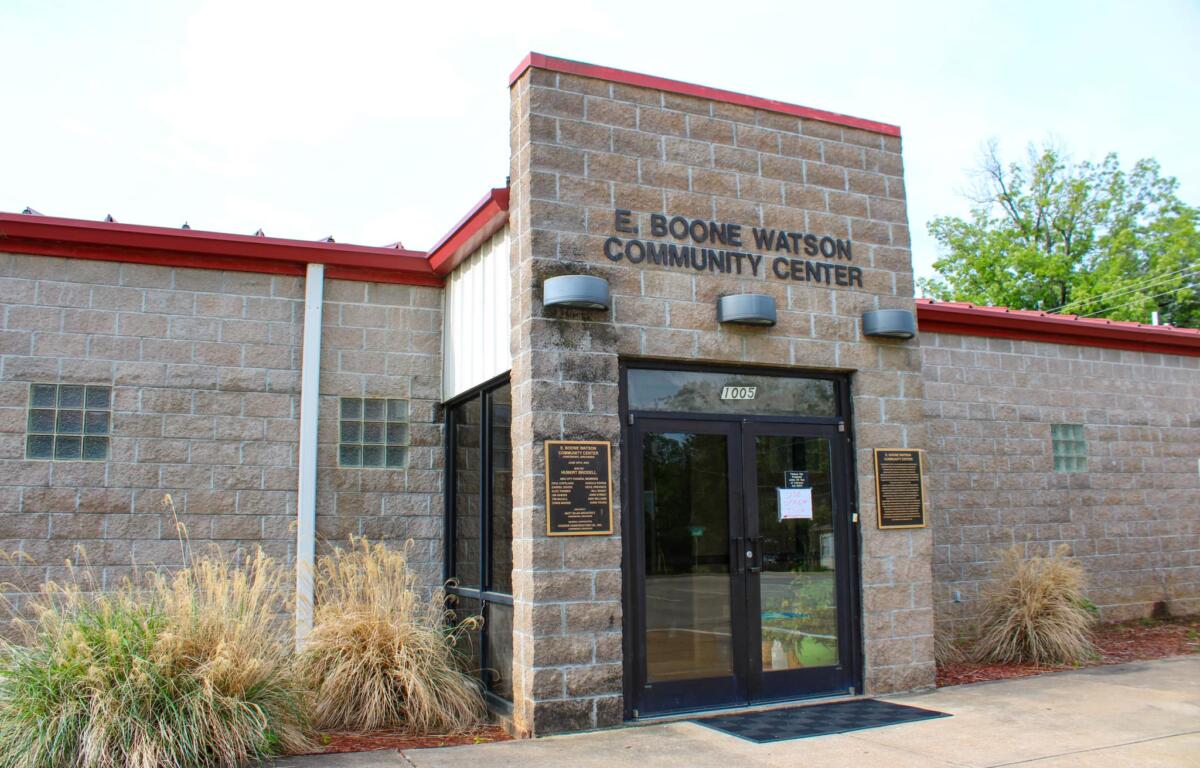Jonesboro, AR – (JonesboroRightNow.com) – Feb. 3, 2025 – A tour of the Craighead County-Jonesboro African American Cultural Center (AACC) Museum takes visitors on a journey showcasing the spirit of Craighead County’s African American community.
The museum, located in the E. Boone Watson Community Center, features tours led by AACC general manager and curator Roger McKinney, who has been a part of the AACC for 36 years and has been with the museum since it opened in 1999.
According to McKinney, a local organization called Respect founded the museum. The organization was a support group for African American families in the public school system.
“They realized that there wasn’t anywhere in Jonesboro that you could go to find a substantial amount of Black history at one location,” he said. “Mrs. Robbie Lyle, it was her vision. Mrs. Carolyn Shepherd was her PR person because Carolyn was born and raised here. She had been here all her life. She’s 89 years old now. And then, Mrs. Harriet Hyatt, she was the money woman.”

The museum started out as two rooms in the North Jonesboro Public School, now the Success School, however, McKinney said when the old community center was torn down and the E. Boone Watson Community Center was built in 2003, the city let them use a portion of the building for the museum to expand the display.
While giving a tour to JRN, McKinney said he likes to start with a documentary titled “Education in Craighead County, a Way Out for African Americans (1900-1967),” which tells a story about what African American parents in Craighead County went through to ensure their children could get an education.
This documentary also covers several topics McKinney talks about on his tours, from the first Black high school in Jonesboro, the Industrial High School (IHS), which would later be renamed as the Booker T. Washington (BTW) High School, to opportunities the school provided for the African American community, to the desegregation of Jonesboro public schools and the eventual closing of BTW High School.
After the documentary, McKinney continued his tour in the lobby of the E. Boone Watson Center with a display highlighting African American property owners in Craighead County from the 1880s through the 1960s.
“When I was growing up in Jonesboro, African Americans could live in two sections of Jonesboro,” McKinney recalled. “There were only about 1,000 African Americans here in Jonesboro.”
These areas included a four-block area from Matthews Avenue to Creath Avenue by nine-block area from the St. Bernards Wellness Center to the St. Bernards Hospital, and then an even smaller area on the north side of town by the railroad tracks.

As McKinney made his way around the vast array of antiques and artifacts, he covered everything from the oldest Black African American churches in Jonesboro to an abandoned Black cemetery found during the building of Interstate 555.
The museum also had several displays relating to the BTW High School and Black educators through the years.
“The first school was a two-room schoolhouse over on the corner of Cherry and Citizen Street,” he recalled, showing off his grandfather’s high school diploma from the Cherry Street School. “The first thing people ask is ‘Why was it so big?’ Back in those days, it was a big thing for African Americans to finish high school because most of the time they had to quit school, go to work to help support the family.”
The Cherry Street School would serve the Black community from 1897 until 1924, which was replaced by the IHS at the end of 1924. IHS was renamed to the Booker T. Washington High School in 1935. BTW High School closed in 1967 when Jonesboro’s public schools were completely desegregated.
The Community Involvement section of the museum features several notable African Americans in Craighead County, such as Uncle Henry Allen who came to Jonesboro as a slave in 1860 and witnessed the Battle of Jonesboro during the Civil War; as well as local civil rights leaders, Reverend Herman Lewellen and Isaac Stotts.
“Mr. Stotts and Rev. Lewellen was the Jonesboro Martin Luther Kings back in the ’60s and ’70s,” McKinney explained. “Rev. Lewellen was president of the local NAACP, and Mr. Stott was the vice president. They went into these factories and demanded that they start hiring minorities in different positions, they worked in the community with the mayor at the time. They’ve done a lot for Jonesboro.”
Both men now have parks named in their honor, the Rev. Lewellen Park and the I.M. Stotts Park

Other exhibits included, African Americans in the military, past BTW reunions, IHS and BTW educators and separate displays of graduates and school logbooks, among many other exhibits.
The museum is working to move to a new location, 700 S. Patrick St. This 100-year-old building was the home of BTW School’s principal.
McKinney approached the City Council last year to purchase the home and restore it. The council purchased the building for $65,000, but restoration plans have stalled since the project is awaiting grant funds.
Despite the delays, McKinney said he remains hopeful as he looks forward to the extra room it would provide for their exhibits.
To schedule a tour, contact the Parks Administration at 870-933-4604. Tours are free but limited to 15 visitors per tour group due to limited space in the museum. Large groups may have to break up into separate groups.



